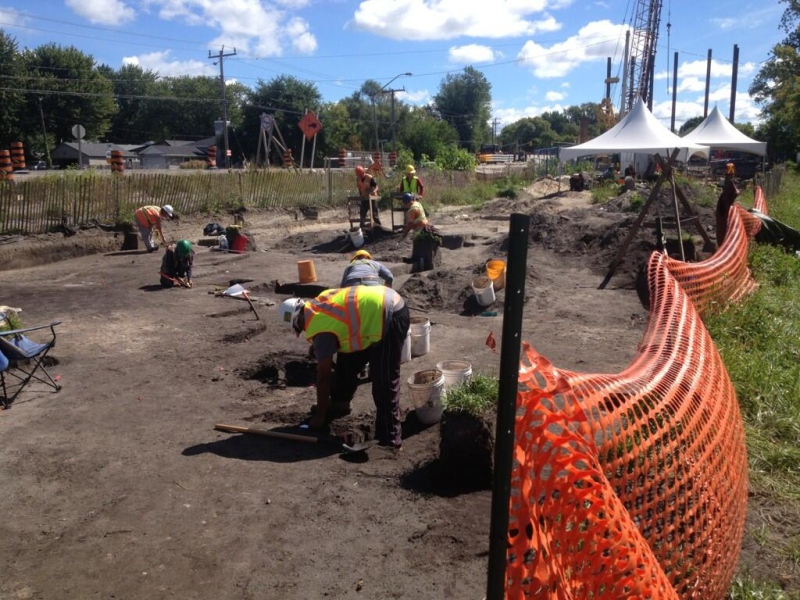TORONTO -- A new study suggests Ontario residents living in rural communities are at a higher risk of having a stroke than their counterparts in urban centres.
The study, published Thursday in the journal Circulation: Cardiovascular Quality and Outcomes, examined data from 6 million Ontario residents gathered between 2008 and 2012.
Researchers with the Institute for Clinical Evaluative Sciences found that people in communities with a population of less than 10,000 were more likely to have a stroke than city dwellers, and that those strokes were more likely to be fatal.
Study lead author and ICES senior scientist Moira Kapral says the research did not closely explore the cause of the disparity, but found rural residents were less likely to be screened for a variety of risk factors.
The study found urban residents were at least 10 per cent more likely to be screened for conditions such as diabetes or high cholesterol.
Kapral says all gaps virtually vanished once people had survived a stroke, suggesting the level of care for stroke patients was equal in both urban and rural settings.
The professor of medicine at the University of Toronto said the study highlights some health gaps that rural residents may be wise to address.
"We think, for people that haven't had a stroke, there's some opportunity to improve risk-factor identification in rural areas," Kapral said in a telephone interview.
The research, culled from numerous linked databases tracking medical information in Ontario, found that 81 per cent of urban dwellers were screened for diabetes compared to 71 per cent of their rural peers.
The gap for cholesterol screening was even wider, with 78 per cent of urban residents being checked out compared to 66 per cent of those in smaller communities.
Kapral said the study also examined the impact of lifestyle factors, such as smoking rates, obesity, consumption of fresh produce and physical activity level.
Data on those was only available for two per cent of those included in the study, but indicated that those factors were also at play in rural communities. Kapral suggested smoking and obesity rates were higher in smaller communities, while physical activity and fruit and vegetable consumption were lower.
Kapral said those findings suggest those factors may also be at play in the elevated stroke risk faced by rural residents.



































